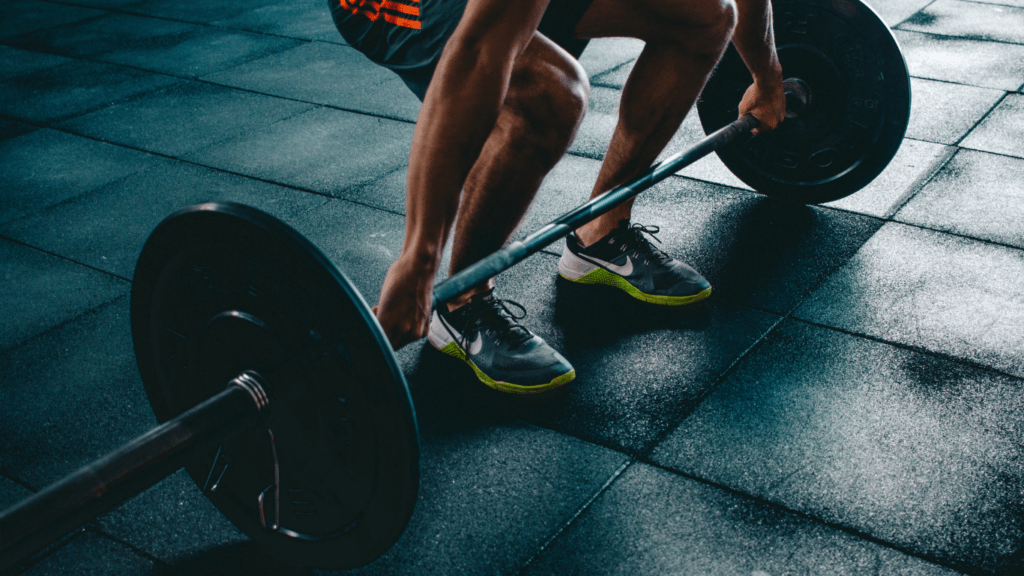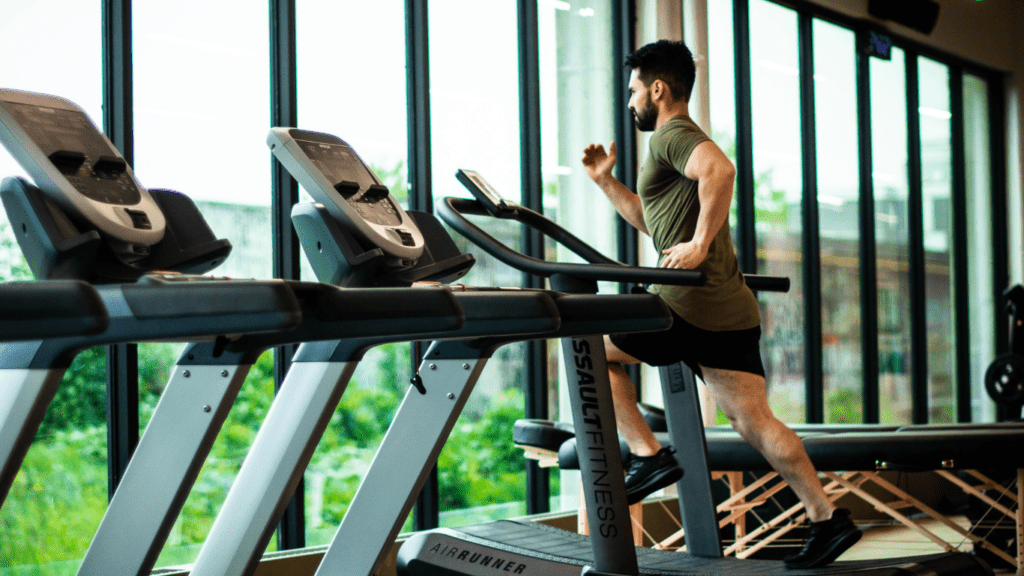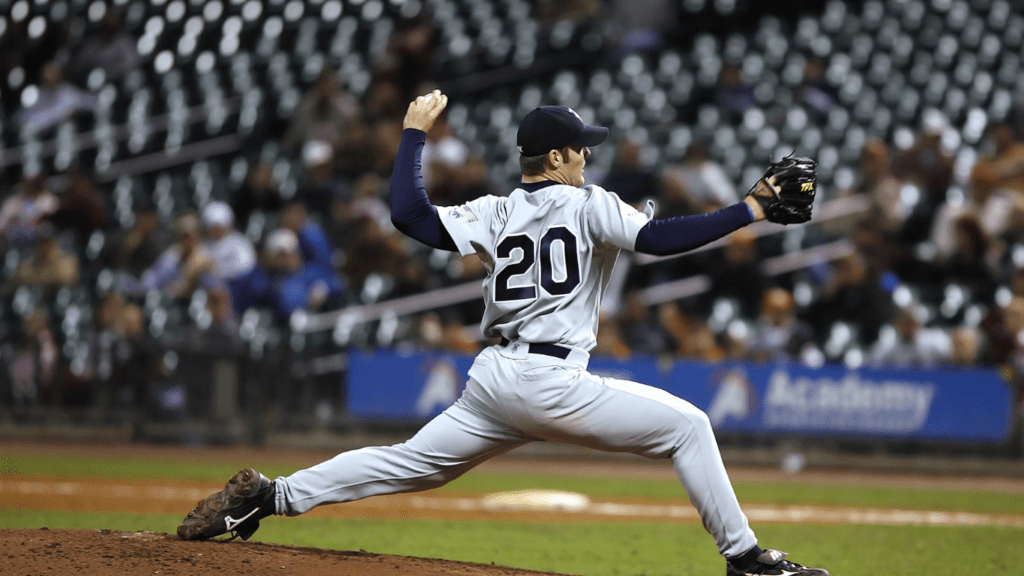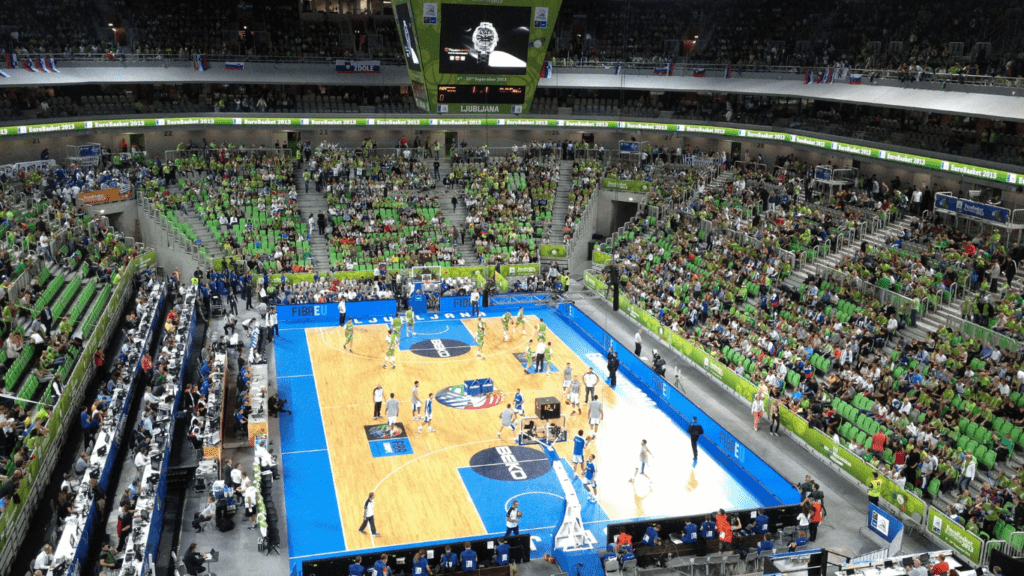Understanding Pro Athlete Fitness
Pro athlete fitness hinges on various components. Each component plays a critical role in maintaining peak physical condition. Athletes don’t rely solely on one aspect; they integrate several into their routines to optimize performance.
Comprehensive Exercise Regimens
Exercise regimens for pro athletes are tailored to the specific demands of their sport. Strength training, endurance workouts, and agility drills form the backbone of these routines. For example, a basketball player might focus on enhancing explosive power and vertical jump, while a marathon runner emphasizes cardiovascular endurance and stamina.
Specialized Nutrition Plans
Nutrition plans are crucial for an athlete’s performance. Balanced diets, rich in proteins, carbohydrates, and healthy fats, support muscle growth, energy levels, and recovery. For instance, a football player might consume a high-protein meal post-training to support muscle repair, while a swimmer relies on carbohydrate-rich meals for sustained energy during their extensive workouts.
Recovery and Rest Practices
Effective recovery strategies are essential for avoiding injuries and maintaining long-term performance. Techniques like:
- ice baths,
- physiotherapy
- adequate sleep
are staples in an athlete’s recovery plan. After a grueling match, a soccer player might use compression garments to reduce muscle soreness and speed up recovery.
Mental Conditioning Protocols
Mental conditioning is as important as physical training. Techniques such as visualization, meditation, and mindfulness are commonly employed to enhance focus, reduce anxiety, and improve overall mental resilience. A golfer, for instance, might use visualization to mentally rehearse swings and putts, ensuring they’re mentally prepared for every shot.
Consistent Performance Monitoring
Regular performance assessments help athletes track progress and adjust their training accordingly. Metrics such as VO2 max, lactate thresholds, and body composition are often measured to optimize training outcomes. A cyclist might monitor power output and cadence to fine-tune their training load and improve race performance.
Tailored Supplementation
Supplements play a role in bridging nutritional gaps and enhancing performance. Athletes carefully choose supplements based on their specific needs.
Whey protein, BCAAs, and fish oil are common choices that support muscle repair, reduce inflammation, and promote overall health. For example, an endurance athlete might rely on electrolyte supplements to maintain hydration levels during long events.
By integrating these elements, pro athletes achieve superior levels of fitness. Each aspect plays an interconnected role, ensuring peak performance through a balanced and comprehensive approach.
Key Components of Pro Athlete Fitness Routines

Professional athletes maintain optimal physical condition by engaging in diverse fitness routines. These routines include strength training, cardiovascular workouts, and flexibility and mobility exercises.
Strength Training
Strength training is integral to an athlete’s routine. It boosts muscle mass and power, enhancing performance and reducing injury risk. Exercises include weightlifting, resistance band workouts, and bodyweight exercises. Compound movements like squats, deadlifts, and bench presses are common, as they engage multiple muscle groups. Repetitions and sets vary, typically ranging from 3-5 sets of 8-12 reps.
Cardiovascular Workouts
Cardiovascular workouts enhance stamina and endurance. High-Intensity Interval Training (HIIT), cycling, running, and swimming are popular choices among athletes. These activities improve cardiovascular health, allowing for sustained high-performance levels. Sessions often range from 30-60 minutes, adjusted for an athlete’s specific sport and fitness level.
Flexibility and Mobility Exercises
Flexibility and mobility exercises prevent injuries and improve range of motion. Stretching, yoga, and dynamic warm-ups prepare the body for intense activity. Athletes integrate these exercises daily, ensuring muscles and joints remain supple and agile. Static stretches post-workout and dynamic stretches pre-workout maximize benefits.
Professional athletes optimize performance by incorporating these key components into their fitness routines.
Nutrition and Diet of Pro Athletes
Maintaining optimal nutrition is crucial for pro athletes aiming for peak performance. They follow precise dietary plans to fuel their training and enhance recovery.
Importance of Macros and Micros
Athletes prioritize macronutrients—protein, carbohydrates, fats—and micronutrients such as vitamins and minerals. Protein supports muscle repair and growth. Daily intake ranges from 1.2-2.0 grams per kilogram of body weight.
Carbohydrates fuel high-intensity workouts, with needs varying from 3-10 grams per kilogram of body weight. Healthy fats, constituting 20-35% of total caloric intake, support hormone production. Micronutrients, including iron, calcium, and vitamins D and B12, are vital for overall wellbeing and optimal bodily functions.
Meal Timing and Frequency
Pro athletes schedule meals to align with training and competition times. Frequent meals, approximately every 3-4 hours, maintain energy levels.
Pre-workout meals, consumed 1-3 hours before activity, focus on easily digestible carbs and moderate protein; for example, oatmeal with fruit. Post-workout nutrition, within 30-60 minutes after exercise, includes protein for muscle repair and carbs to replenish glycogen stores; a common choice is a protein shake with a banana.
Hydration Strategies
Adequate hydration is non-negotiable for pro athletes. They monitor fluid intake, aiming for 0.5-1 ounce of water per pound of body weight daily, adjusting for activity level and climate.
During exercise, they consume fluids regularly, typically 14-28 ounces per hour. Electrolyte drinks help replace sodium, potassium, and magnesium lost through sweat, maintaining optimal fluid balance and preventing dehydration.
Mental and Emotional Well-being
Professional athletes know that peak performance goes beyond physical fitness. Mental and emotional well-being are crucial for maintaining a competitive edge.
Mindset Techniques
- Athletes use mindset techniques to stay focused and motivated.
- Positive visualization helps athletes picture their success, which boosts confidence.
- Setting specific, measurable goals aids in keeping track of progress.
- Using affirmations reinforces belief in their abilities.
- Techniques like mindfulness and meditation improve concentration and alleviate performance anxiety.
- In high-pressure situations, focusing on controllable factors keeps stress at bay.
- Combining these techniques enhances overall mental resilience.
Stress Management
Managing stress is vital for an athlete’s mental health. Practices like yoga and deep-breathing exercises help in reducing stress levels. Maintaining a balanced lifestyle with hobbies and social activities provides a mental reset.
Identifying stress triggers allows athletes to develop coping strategies. Regular sleep and relaxation techniques ensure recovery both mentally and physically.
Athletes often work with sports psychologists to develop tailored stress management plans, ensuring they’re mentally equipped to handle the demands of their sport.
Essential Recovery Practices
Recovery practices are crucial for maintaining optimal performance. Professional athletes prioritize rest and a variety of physical therapies.
Rest and Sleep
Rest and sleep are foundational to athletic recovery. Experts recommend 7-9 hours of sleep per night to ensure physical and mental restoration. Quality sleep enhances muscle repair, memory consolidation, and the release of growth hormones.
Napping further aids recovery and boosts alertness. Some athletes use sleep tracking devices to monitor sleep quality and make adjustments for better rest.
Physical Therapies
Physical therapies encompass various treatments to aid recovery and prevent injury. Massage therapy reduces muscle tension and promotes blood circulation. Techniques like deep tissue massage and sports massage are common choices.
Cryotherapy, which exposes the body to extreme cold, assists in reducing inflammation and soreness. Additionally, athletes use hydrotherapy, like ice baths and underwater treadmills, for muscle relief and joint conditioning. Regular use of these therapies helps athletes maintain peak performance by accelerating muscle recovery and reducing injury risks.
Creating Your Pro Athlete Fitness Plan
Creating a successful fitness plan involves detailed goal setting and continuous progress monitoring.
Setting Realistic Goals
Set goals that are specific, measurable, achievable, relevant, and time-bound (SMART). For instance, aim to lower your 5K run time by 2 minutes within 3 months.
Establish both short-term (e.g., weekly mileage increase) and long-term goals (e.g., completing a marathon). Prioritize goals that align with your abilities and sport-specific demands.
Monitoring Progress
Track progress consistently using a journal or fitness app. Measure metrics like weight lifted, distance run, or calories burned. Schedule regular assessments, like monthly body composition analysis or performance tests, to evaluate improvements.
If progress stalls, reassess your plan and adjust training intensity, recovery periods, or nutritional intake accordingly. Use data to make informed decisions on optimizing your fitness regimen.




